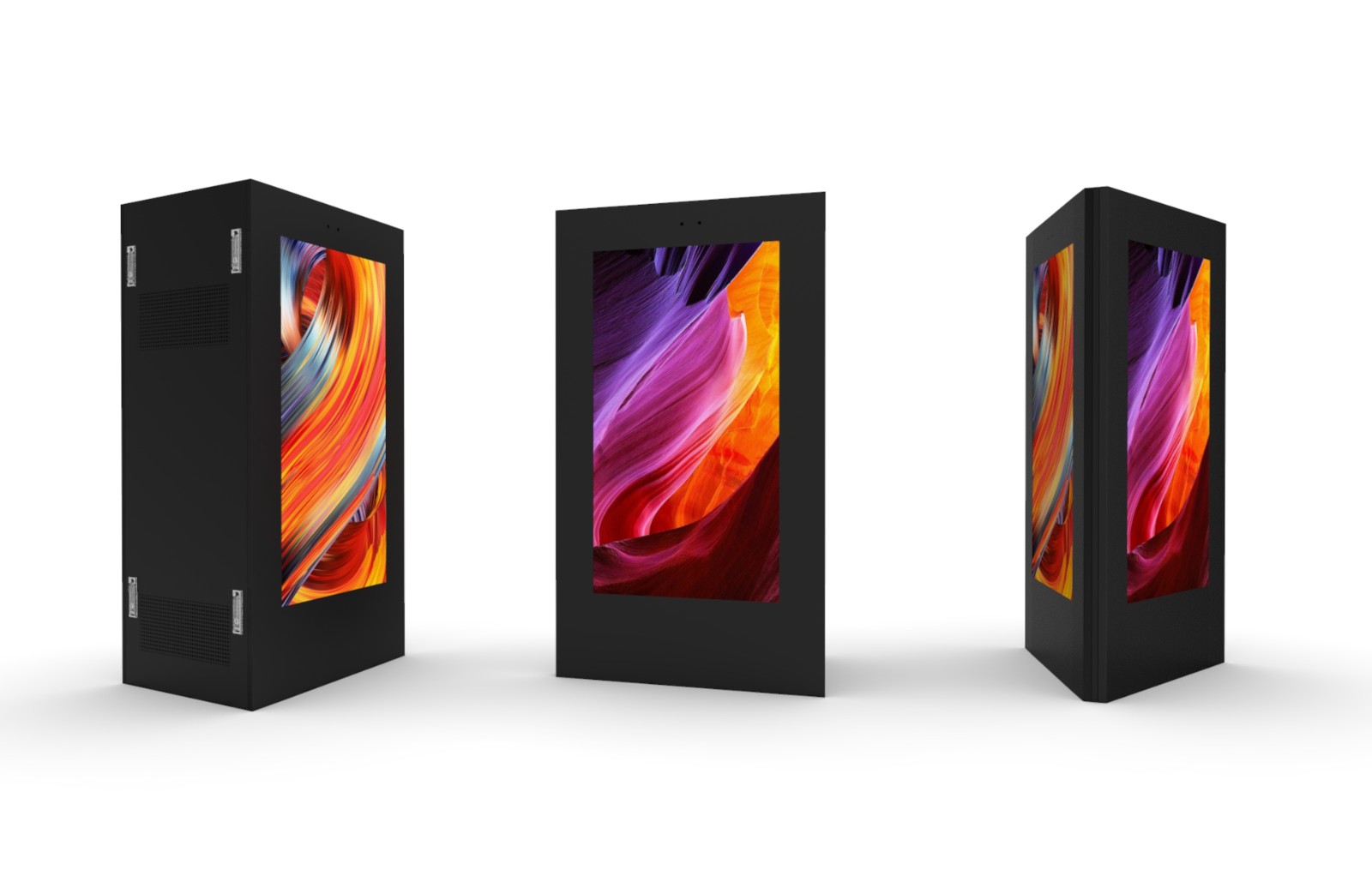
Capacitive Touch Screen: An In-depth Analysis of Technology and Application.The capacitive touch screen (CTS) is a ubiquitous technology that has revolutionized the way we interact with electronic devices. From smartphones and tablets to industrial control panels and medical equipment, the CTS has become an indispensable part of modern life. In this article, we will delve into the technology behind capacitive touch screens, their various applications, and the future trends shaping this industry.

The Technology Behind Capacitive Touch Screens
Working Principle
Capacitive touch screens utilize the principles of capacitance to detect touch. The screen itself is a multi-layer composite glass structure, typically comprising four layers. The inner surface and the interlayer are coated with Indium Tin Oxide (ITO), a transparent conductive material. The outermost layer is a thin protective silica glass layer. When a finger or any other conductive object touches the screen, it forms a capacitive coupling with the ITO layer. This coupling causes a change in the electrical field distribution, which is detected by electrodes located at the corners of the screen.
Types of Capacitive Touch Screens
Surface Capacitive Touch Screens: These screens have a transparent conductive film on the glass surface, forming a capacitive sensing layer. When touched, the finger alters the electric field distribution on the sensing layer, enabling the system to pinpoint the touch location.
Projected Capacitive Touch Screens: These use a multi-layer design with horizontal and vertical conductive lines within the glass, creating a grid-like capacitive sensing area. Touching the screen forms a capacitive coupling with the sensing area, allowing the system to measure the change in capacitance and determine the touch coordinates.
Key Characteristics
High Sensitivity: Capacitive touch screens can accurately detect touch actions, enabling precise control and operation.
Multi-touch Capability: These screens support multi-touch technology, allowing the system to recognize multiple touch points simultaneously, facilitating complex gesture operations and multi-user collaboration.
Durability: Made of high-hardness, scratch-resistant materials, capacitive touch screens can withstand frequent touch operations, enhancing their lifespan.
Aesthetic Appeal: With their sleek and thin design, capacitive touch screens seamlessly integrate with various devices, enhancing their overall appearance.
Applications of Capacitive Touch Screens
Consumer Electronics
Capacitive touch screens are the standard input method for smartphones and tablets. Users can easily navigate through apps, browse the web, watch videos, and play games with intuitive gestures like swiping, tapping, and pinching. This technology significantly enhances user experience, making interactions more fluid and natural.
Industrial Controls and Medical Equipment
In industrial automation, capacitive touch screens facilitate human-machine interfaces, enabling operators to monitor and control production processes efficiently. They simplify complex keypad operations and improve operational accuracy. Similarly, in the medical field, diagnostic instruments and monitoring systems use capacitive touch screens for rapid data entry, result viewing, and operational settings. These screens are easy to clean and disinfect, making them suitable for hygienic environments.
Education and Training
Interactive whiteboards and multimedia teaching devices equipped with capacitive touch screens enhance teaching effectiveness by making lessons more engaging and interactive. Teachers can write, draw, and demonstrate directly on the screen, captivating students' attention and improving learning outcomes.
Automotive Industry
Capacitive touch screens in car infotainment systems and navigation units allow drivers and passengers to control audio, video, and navigation functions with ease. This technology enhances driving safety by reducing driver distraction and providing intuitive control interfaces.
Financial Services
ATMs and self-service kiosks in the financial sector utilize capacitive touch screens to streamline transaction processes and improve customer satisfaction. Users can navigate through menus, input data, and complete transactions independently, making banking services more accessible and efficient.
Transportation
In airports, train stations, and other public places, capacitive touch screens provide real-time information on weather, flights, and traffic conditions. They enhance traveler convenience by offering up-to-date and accurate information services.
Future Trends and Developments
Flexible Capacitive Technology
One of the most promising future trends in capacitive touch screen technology is the development of flexible, bendable screens. This innovation opens up new design possibilities for electronic devices, allowing for more compact and ergonomic form factors.
Improved Durability and Reliability
Manufacturers are continuously enhancing the durability and reliability of capacitive touch screens. Advances in coating materials and protective layers ensure screens can withstand harsh environments and heavy use without losing sensitivity or clarity.
Enhanced Interactivity
With the integration of artificial intelligence and machine learning, future capacitive touch screens will offer more intelligent and personalized interactive experiences. The ability to recognize complex gestures and adapt to user preferences will further enhance the usability and convenience of these devices.
Broader Adoption in Emerging Markets
As the cost of capacitive touch screen technology decreases, it is expected to gain wider adoption in emerging markets. This will drive the growth of the touch screen industry, expanding its reach into new sectors and applications.
Conclusion
Capacitive touch screens have revolutionized the way we interact with electronic devices, transforming them into more intuitive, user-friendly interfaces. From smartphones and tablets to industrial controls and medical equipment, the versatility and reliability of capacitive touch screens make them indispensable in various sectors. As technology progresses, we can expect to see even more innovative applications and improvements in capacitive touch screen technology, further enhancing our digital lives. The future of capacitive touch screens looks bright, promising to bring us even more convenience, efficiency, and enjoyment in our daily interactions with electronic devices.
Current article link: https://www.lcdkiosk.com/news/90.html

Tel
